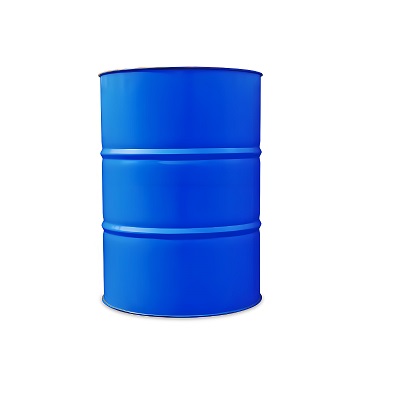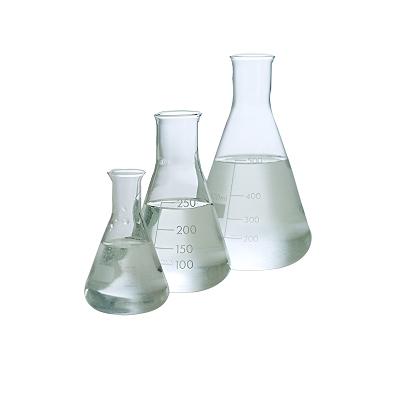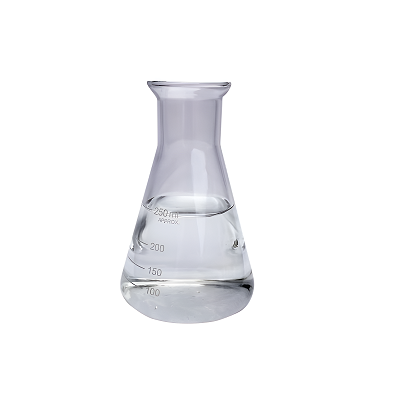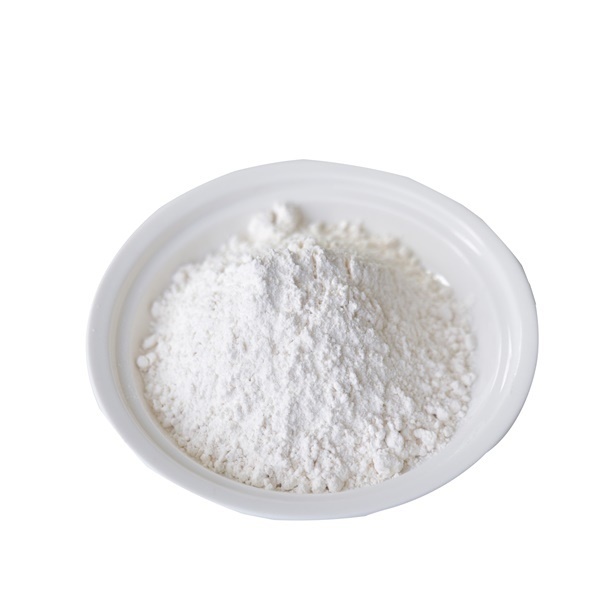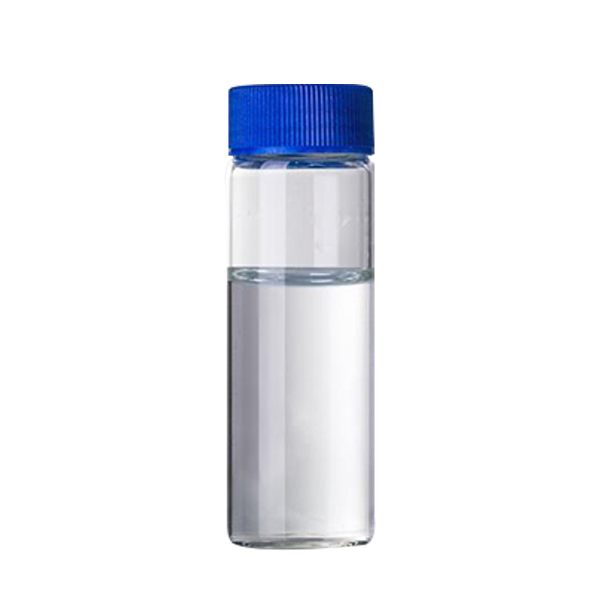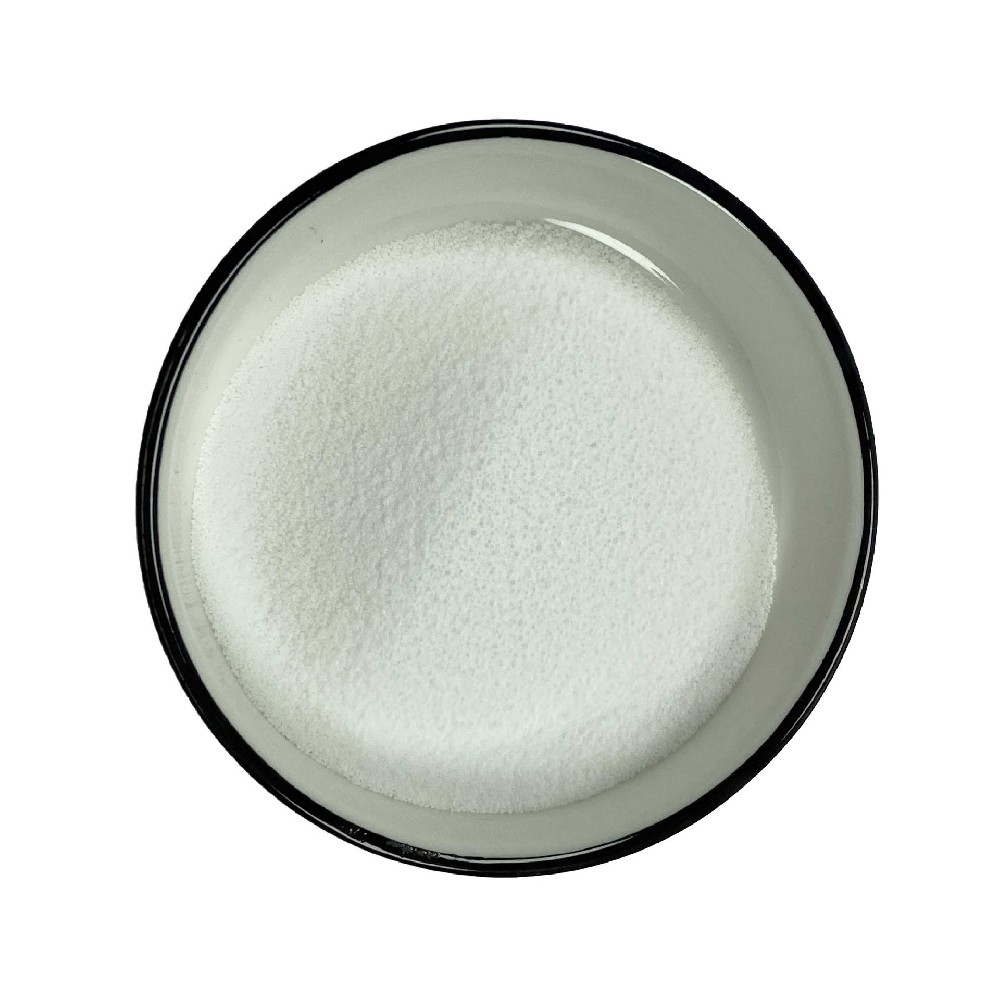

2,4,6-Collidine CAS 108-75-8
——————
CAS number : 108-75-8
molecular formula : C8H11N
EINECS : 203-613-3
——————
Email : info@deshangchem.com
Mobile : +86-13153039501
TEL : +86-531-88752665
CAS number:108-75-8
molecular formula:C8H11N
molecular weight:121.18
EINECS number:203-613-3
English synonyms
n-hydroxy-octanamid;octanoylhydroxamicacid;taselin;Caprylhydroxamic Acid(CHA);xinjiqiangwosuan;Caprylohydroxamic acid 7377-03-9;7377-03-9 Octanohydroxamic acid;PrzvFreeTM CHA
Related categories
Amides; synthetic reagents; organic acids; organic chemicals; pharmaceutical raw materials; organic synthesis intermediates; organic chemical raw materials; other raw materials; Fading and wrinkle removal; Cosmetic daily chemical raw materials; Mineral dressing agents; Cosmetic raw materials; Pyridone ethanolamine salt; Raw materials; Chemical raw materials, chemical raw materials-plastics; Daily chemicals; Chemical materials; Chemical raw materials; Cosmetics; Synthetic material intermediates; Chemical intermediates; cosmetic preservatives; bactericidal preservatives; preservatives; Hydroxylamines; Hydroxylamines (N-Substituted); OLEDmaterials, pharmchemical, electronic; Antibacterialamdpreservativeincosmetics; Add preservatives
Introduction
Caprylyl hydroxamic acid is an ideal organic acid for antibacterial. It has high-efficiency and selective chelation ability for ferrous ions and ferric ions, and the growth of mold is limited in the environment with limited iron ions. At the same time, it has the optimal carbon chain length that can promote the degradation of cell membrane structure. Therefore, it has strong antibacterial ability and is a new substitute for preservatives. Octyl hydroxamic acid is used to prepare octyl hydroxamic acid.
Chemical properties
| Melting point | -43°C(lit.) |
| Boiling point | 171-172°C(lit.) |
| Density | 0.917g/mLat25°C(lit.) |
| Vapor Pressure | 4hPa(20°C) |
| Refractive index | n20/D1.498(lit.) |
| Flash point | 135°F |
| Storage conditions | Storebelow+30°C. |
| Solubility | 35g/l |
| Shape | Liquid |
| Acidity coefficient(pKa) | 7.43(at25℃) |
| Color | Clearcolorlesstoyellow |
| Water solubility | 35g/L(20ºC) |
| Sensitive | Hygroscopic |
| Merck | 14,9718 |
| BRN | 107283 |
| Stability | Stable.Combustible.Incompatiblewithstrongoxidizingagents. |
| LogP | 1.25at20℃ |
| CAS database | 108-75-8(CASDataBaseReference) |
2,4,6-Trimethylpyridine can be used as a standard substance for chromatographic analysis, and also as a solvent, in organic synthesis. It is mainly used as an effective solvent for cleavage of sterically hindered esters by anhydrous lithium iodide, and as a tissue fixative for electron microscopy.
Use
● for organic synthesis
● It is used as a standard material for chromatographic analysis, and also as a solvent, in organic synthesis.
● Effective solvent for the cleavage of hindered esters with anhydrous lithium iodide. Used as a tissue fixative for electron microscopy.
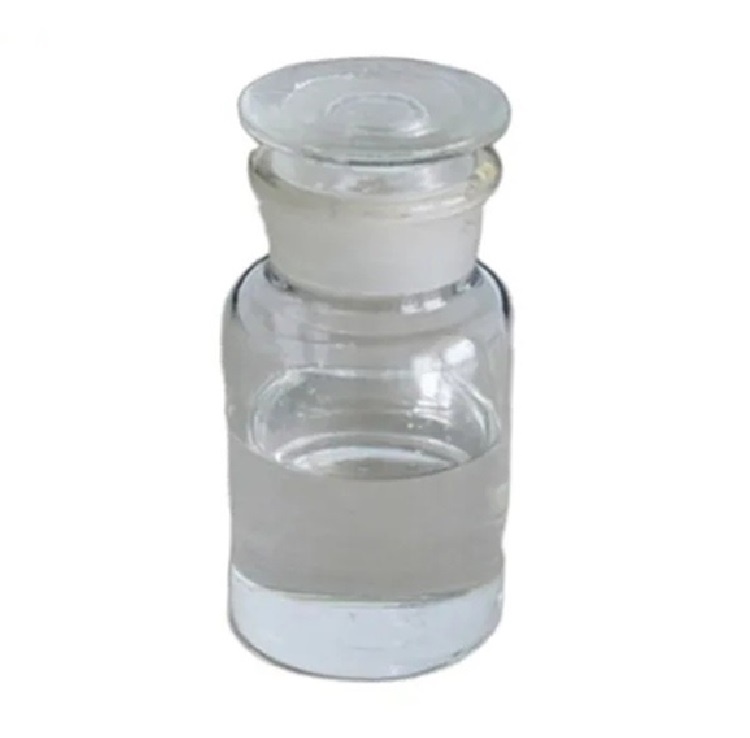
2,4,6-Collidine CAS 108-75-8
CAS number:108-75-8
molecular formula:C8H11N
molecular weight:121.18
EINECS number:203-613-3
English synonyms
n-hydroxy-octanamid;octanoylhydroxamicacid;taselin;Caprylhydroxamic Acid(CHA);xinjiqiangwosuan;Caprylohydroxamic acid 7377-03-9;7377-03-9 Octanohydroxamic acid;PrzvFreeTM CHA
Related categories
Amides; synthetic reagents; organic acids; organic chemicals; pharmaceutical raw materials; organic synthesis intermediates; organic chemical raw materials; other raw materials; Fading and wrinkle removal; Cosmetic daily chemical raw materials; Mineral dressing agents; Cosmetic raw materials; Pyridone ethanolamine salt; Raw materials; Chemical raw materials, chemical raw materials-plastics; Daily chemicals; Chemical materials; Chemical raw materials; Cosmetics; Synthetic material intermediates; Chemical intermediates; cosmetic preservatives; bactericidal preservatives; preservatives; Hydroxylamines; Hydroxylamines (N-Substituted); OLEDmaterials, pharmchemical, electronic; Antibacterialamdpreservativeincosmetics; Add preservatives
Introduction
Caprylyl hydroxamic acid is an ideal organic acid for antibacterial. It has high-efficiency and selective chelation ability for ferrous ions and ferric ions, and the growth of mold is limited in the environment with limited iron ions. At the same time, it has the optimal carbon chain length that can promote the degradation of cell membrane structure. Therefore, it has strong antibacterial ability and is a new substitute for preservatives. Octyl hydroxamic acid is used to prepare octyl hydroxamic acid.
Chemical properties
| Melting point | -43°C(lit.) |
| Boiling point | 171-172°C(lit.) |
| Density | 0.917g/mLat25°C(lit.) |
| Vapor Pressure | 4hPa(20°C) |
| Refractive index | n20/D1.498(lit.) |
| Flash point | 135°F |
| Storage conditions | Storebelow+30°C. |
| Solubility | 35g/l |
| Shape | Liquid |
| Acidity coefficient(pKa) | 7.43(at25℃) |
| Color | Clearcolorlesstoyellow |
| Water solubility | 35g/L(20ºC) |
| Sensitive | Hygroscopic |
| Merck | 14,9718 |
| BRN | 107283 |
| Stability | Stable.Combustible.Incompatiblewithstrongoxidizingagents. |
| LogP | 1.25at20℃ |
| CAS database | 108-75-8(CASDataBaseReference) |
2,4,6-Trimethylpyridine can be used as a standard substance for chromatographic analysis, and also as a solvent, in organic synthesis. It is mainly used as an effective solvent for cleavage of sterically hindered esters by anhydrous lithium iodide, and as a tissue fixative for electron microscopy.
Use
● for organic synthesis
● It is used as a standard material for chromatographic analysis, and also as a solvent, in organic synthesis.
● Effective solvent for the cleavage of hindered esters with anhydrous lithium iodide. Used as a tissue fixative for electron microscopy.
Team Presentation

